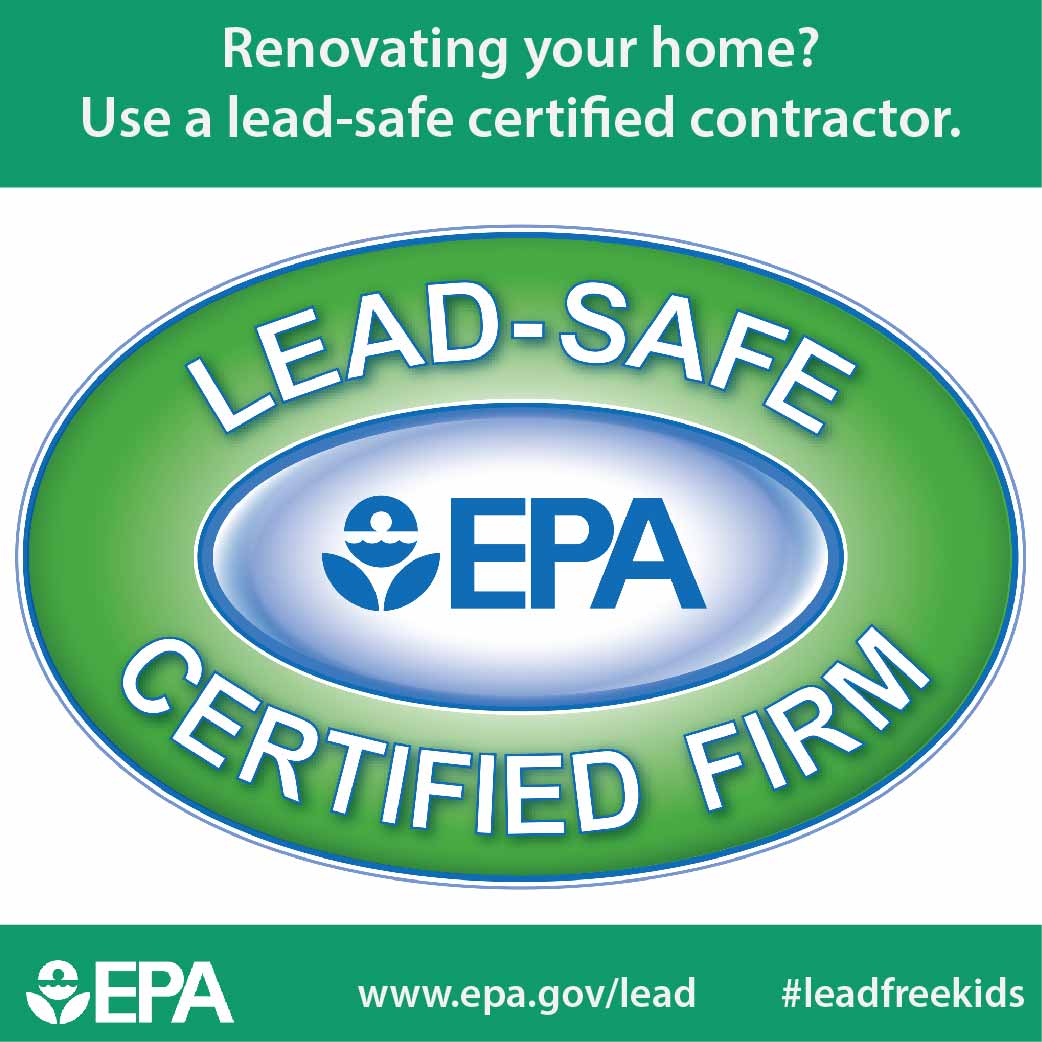Seasonal Considerations For Commercial Exterior Painting: What You Required To Know
Seasonal Considerations For Commercial Exterior Painting: What You Required To Know
Blog Article
Authored By-Korsholm Urquhart
When you're preparing an industrial external paint project, seasonal factors can make or damage your outcomes. You'll want to take into consideration exactly how temperature level and humidity influence paint application and drying out times. Picking painter can ensure your paint sticks appropriately and lasts much longer. Yet which seasons are truly the best for this sort of job? Let's check out the crucial elements that can influence your project's success.
The Impact of Temperature on Paint Application
When you're preparing a business outside paint job, the temperature can considerably impact exactly how well the paint adheres and dries out.
Preferably, you intend to repaint when temperature levels vary in between 50 ° F and 85 ° F. If it's also cold, the paint may not treat effectively, leading to concerns like peeling or fracturing.
On the flip side, if it's too warm, the paint can dry too rapidly, stopping correct attachment and causing an unequal coating.
You should also consider the time of day; early morning or late afternoon offers cooler temperatures, which can be a lot more desirable.
Always inspect the producer's referrals for the specific paint you're utilizing, as they frequently give advice on the suitable temperature level variety for optimum results.
Moisture and Its Impact on Drying Times
Temperature isn't the only ecological element that influences your industrial external paint project; humidity plays a considerable role also. High humidity degrees can slow down drying times substantially, impacting the total high quality of your paint work.
When the air is saturated with moisture, the paint takes longer to cure, which can cause problems like bad adhesion and a higher threat of mold growth. If you're painting on a particularly moist day, be gotten ready for prolonged wait times between coats.
It's critical to monitor neighborhood weather conditions and plan as necessary. Ideally, aim for humidity degrees between 40% and 70% for optimum drying.
Maintaining these consider mind guarantees your task stays on track and supplies a long lasting coating.
Best Seasons for Commercial Exterior Painting Projects
What's the most effective time of year for your business external painting tasks?
Spring and early fall are usually your best choices. During these seasons, temperatures are light, and moisture levels are typically lower, creating optimal problems for paint application and drying out.
Stay clear of summertime's intense heat, which can cause paint to dry also promptly, resulting in poor adhesion and surface. Likewise, wintertime's chilly temperature levels can prevent appropriate drying out and treating, running the risk of the long life of your paint job.
Go for days with temperatures between 50 ° F and 85 ° F for optimum results. Keep in mind to examine the regional weather prediction for rainfall, as wet conditions can ruin your task.
check out this site around these factors ensures your paint task runs efficiently and lasts much longer.
Final thought
In conclusion, planning your commercial external painting tasks around seasonal factors to consider can make a considerable difference in the result. By organizing job throughout the perfect temperatures and moisture levels, you'll make sure better attachment and drying times. Remember to watch on regional weather report and pick the right time of year-- springtime and early loss are your best bets. Taking these steps will assist you accomplish a long lasting and professional finish that lasts.
